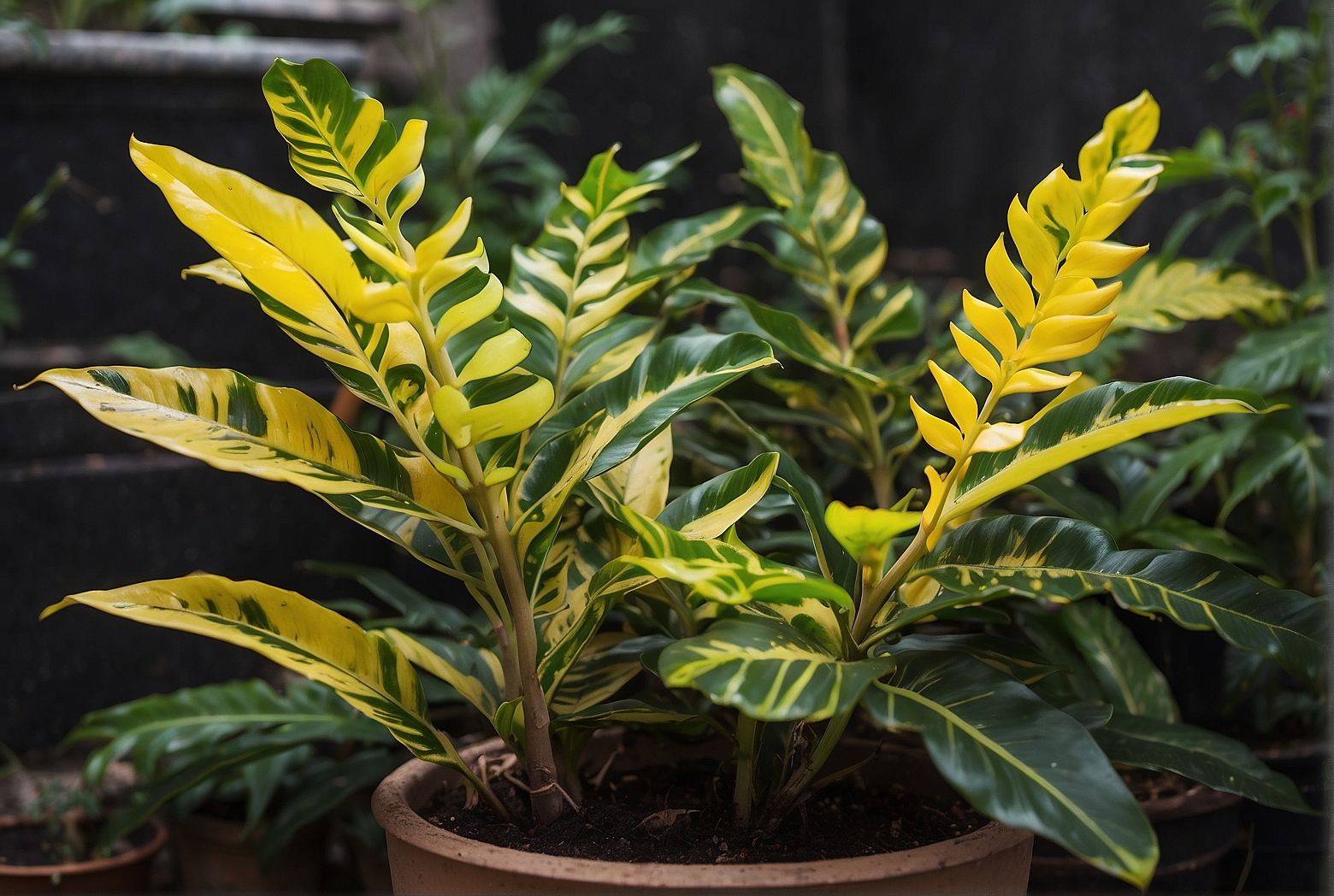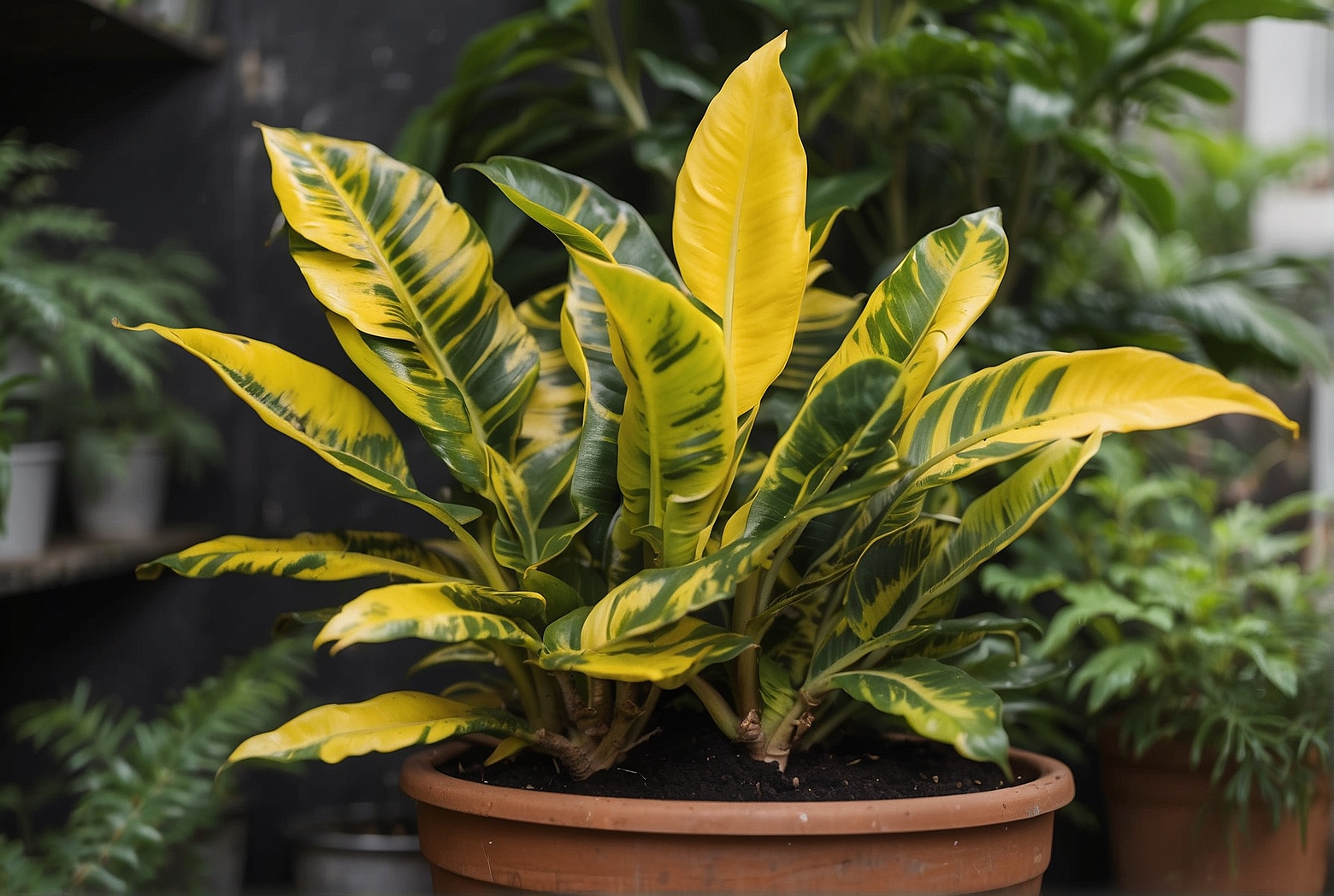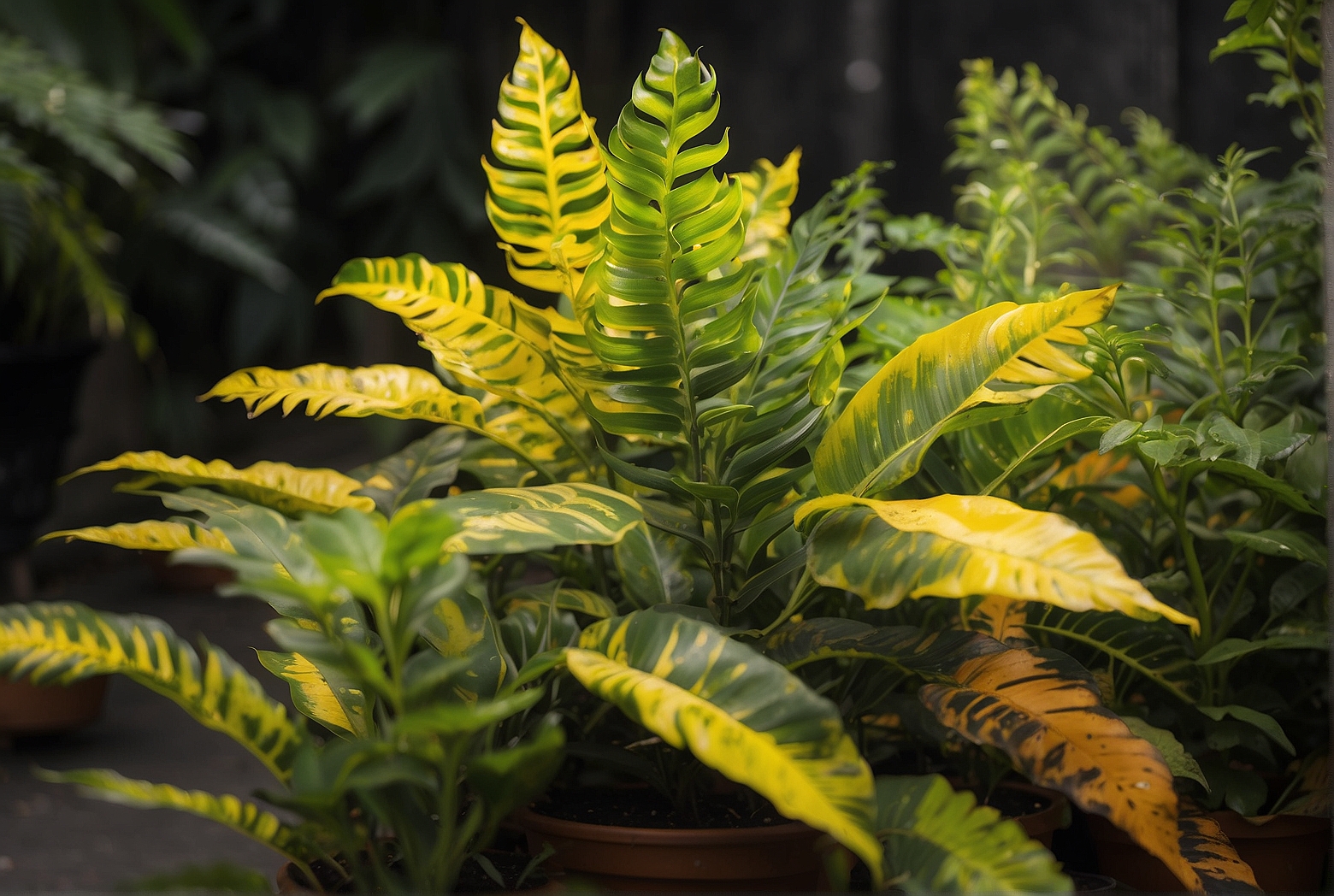Last Updated on March 28, 2024 by Tony Manhart
You adore your ZZ plant and have put so much love and care into its well-being, so it’s disheartening to see its once vibrant green leaves turning yellow. But fear not, as there are several reasons why this could be happening, and with a little understanding, you’ll be able to revive your plant’s health in no time. From improper watering techniques to inadequate sunlight exposure or even pests, this article will explore the various factors that could be causing your ZZ plant’s leaves to yellow, providing you with the knowledge you need to bring back its lush, green glory.
Common Causes of Yellowing ZZ Plant Leaves
Insufficient Light
Zamioculcas zamiifolia Light Requirements
ZZ plants, scientifically known as Zamioculcas zamiifolia, are relatively low light tolerant plants. However, they still require a certain amount of light to thrive. When your ZZ plant doesn’t receive enough light, its leaves can start to turn yellow. To avoid this, you should place your ZZ plant in a location that receives bright, indirect light. East or west-facing windows are ideal as they provide moderate levels of sunlight without direct exposure.
Effects of Insufficient Light on ZZ Plant Leaves
Insufficient light can cause the ZZ plant leaves to lose their vibrant green color and gradually turn yellow. This happens because the plant is unable to produce enough chlorophyll, the pigment responsible for the plant’s green coloration. As a result, the leaves may become pale and weak, eventually yellowing. If your ZZ plant is not getting enough light, consider moving it to a brighter location or providing artificial lighting such as fluorescent or grow lights.
Overwatering
ZZ Plant Watering Guidelines
Proper watering is crucial for the health of your ZZ plant. Overwatering is a common cause of yellowing leaves, as it can lead to root rot and hinder the plant’s ability to take up nutrients. To avoid overwatering, it’s essential to follow the ZZ plant watering guidelines. Allow the top inch or two of the soil to dry out before watering again. It’s better to underwater slightly than to overwater, as ZZ plants are more tolerant of dry conditions.

Symptoms of Overwatering
If you notice that your ZZ plant leaves are turning yellow and the soil feels excessively moist, overwatering may be the culprit. The excess moisture deprives the roots of oxygen, leading to root rot. In addition to yellowing leaves, you may observe a foul smell coming from the soil or even mushy, blackened roots. To remedy the situation, allow the soil to dry out between waterings and ensure proper drainage to prevent waterlogged conditions.
Underwatering
ZZ Plant Watering Guidelines
Although ZZ plants can tolerate drought-like conditions, underwatering can also cause yellowing leaves. It’s important to strike a balance and provide adequate moisture to your plant. To determine when your ZZ plant needs watering, insert your finger about an inch into the soil. If it feels dry, it’s time to water.
Symptoms of Underwatering
If you notice that your ZZ plant leaves are turning yellow, curling, or becoming crispy, underwatering might be the cause. The plant is signaling its distress due to lack of water. Additionally, the leaves may appear limp and droopy. To prevent underwatering, establish a regular watering routine but remember to allow the soil to dry out between waterings to avoid overwatering.
Nutrient Deficiency
Essential Nutrients for ZZ Plant Health
Like all plants, ZZ plants require a balance of essential nutrients to thrive. Without access to these nutrients, the plant can exhibit nutritional deficiencies, leading to yellowing leaves. The primary nutrients needed by ZZ plants are nitrogen (N), phosphorus (P), and potassium (K). Additionally, micronutrients such as iron (Fe), magnesium (Mg), and manganese (Mn) are also crucial for their overall health.

Signs of Nutrient Deficiency
If your ZZ plant leaves turn yellow, it may be a sign of nutrient deficiency. Each nutrient deficiency manifests itself in different ways. For example, a nitrogen deficiency causes overall yellowing of leaves, starting from the older ones. On the other hand, a magnesium deficiency leads to yellowing between the veins, resulting in a marbled appearance. To identify the specific nutrient deficiency, consult a gardening professional or utilize a plant nutrient testing kit.
How to Correct Nutrient Deficiency
To correct nutrient deficiencies, you can use fertilizers specifically formulated for houseplants or ZZ plants. These fertilizers contain a balanced blend of essential nutrients to supplement any deficiencies present in the soil. Follow the instructions on the fertilizer packaging for the proper application and dosage. Remember to avoid over-fertilizing, as this can cause fertilizer burn and further damage the plant.
Pest Infestation
Common Pests Affecting ZZ Plants
In addition to environmental factors, pest infestation can also result in yellowing ZZ plant leaves. Several common pests can attack ZZ plants, including spider mites, mealybugs, and aphids. These pests can weaken the plant, feeding on its sap and causing stress, which can manifest as yellowing foliage.
Identifying Signs of Pest Infestation
To determine if your ZZ plant has a pest infestation, carefully inspect the leaves and stems. Look for signs of small webs or cottony clusters, which may indicate a spider mite or mealybug infestation, respectively. Aphids are tiny, soft-bodied insects that can cluster on young leaves and stem tips. Additionally, check for any visible damage, such as holes or discolored patches on the leaves.
Treatment and Prevention of Pests
If you notice a pest infestation, it’s essential to take prompt action to protect your ZZ plant. Start by manually removing any visible pests using a gentle stream of water or by wiping them away with a damp cloth. For more severe infestations, you can use horticultural oils or insecticidal soaps specifically formulated for houseplants. To prevent future infestations, regularly inspect your ZZ plant for any signs of pests, maintain proper hygiene, and avoid overwatering, as moist conditions can attract pests.
By addressing these common causes of yellowing ZZ plant leaves, you can ensure the optimal health and vibrant green appearance of your plant. Remember to provide sufficient light, water appropriately, monitor nutrient levels, and keep a watchful eye for any pests. With proper care, your ZZ plant will thrive and bring a touch of green beauty to your indoor space.
Tony Manhart is a passionate gardener who has been tending to gardens for over 20 years. He takes pride in creating beautiful outdoor spaces with plants, trees, and shrubs that can thrive in any environment. He loves to share his knowledge with others and has taught classes on gardening basics and advanced techniques. He is committed to sustainability, using natural and organic methods to create and maintain gardens. He also works with local organizations to create green spaces for communities. When he’s not gardening, Tony enjoys hiking, reading, and spending time with his family.


